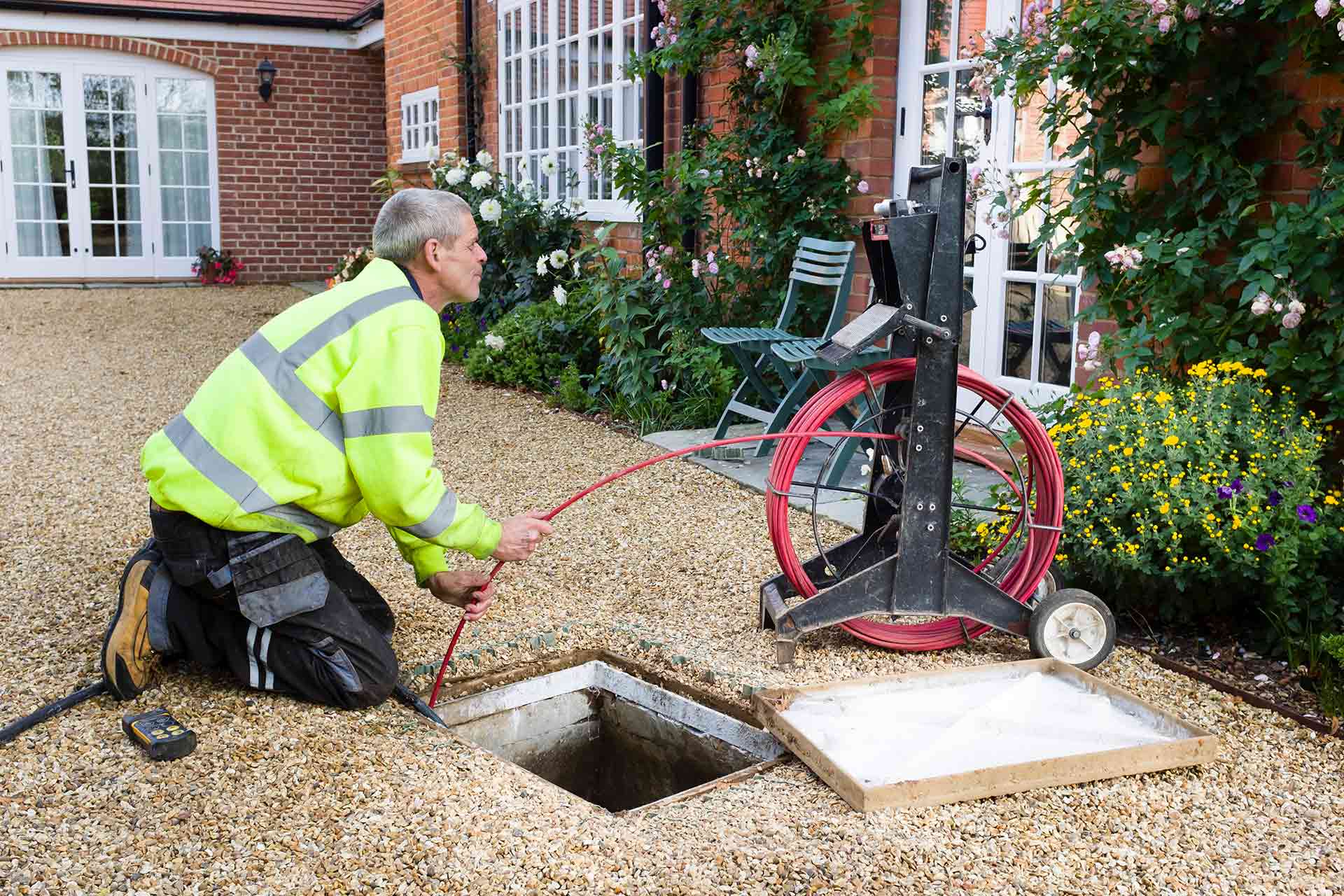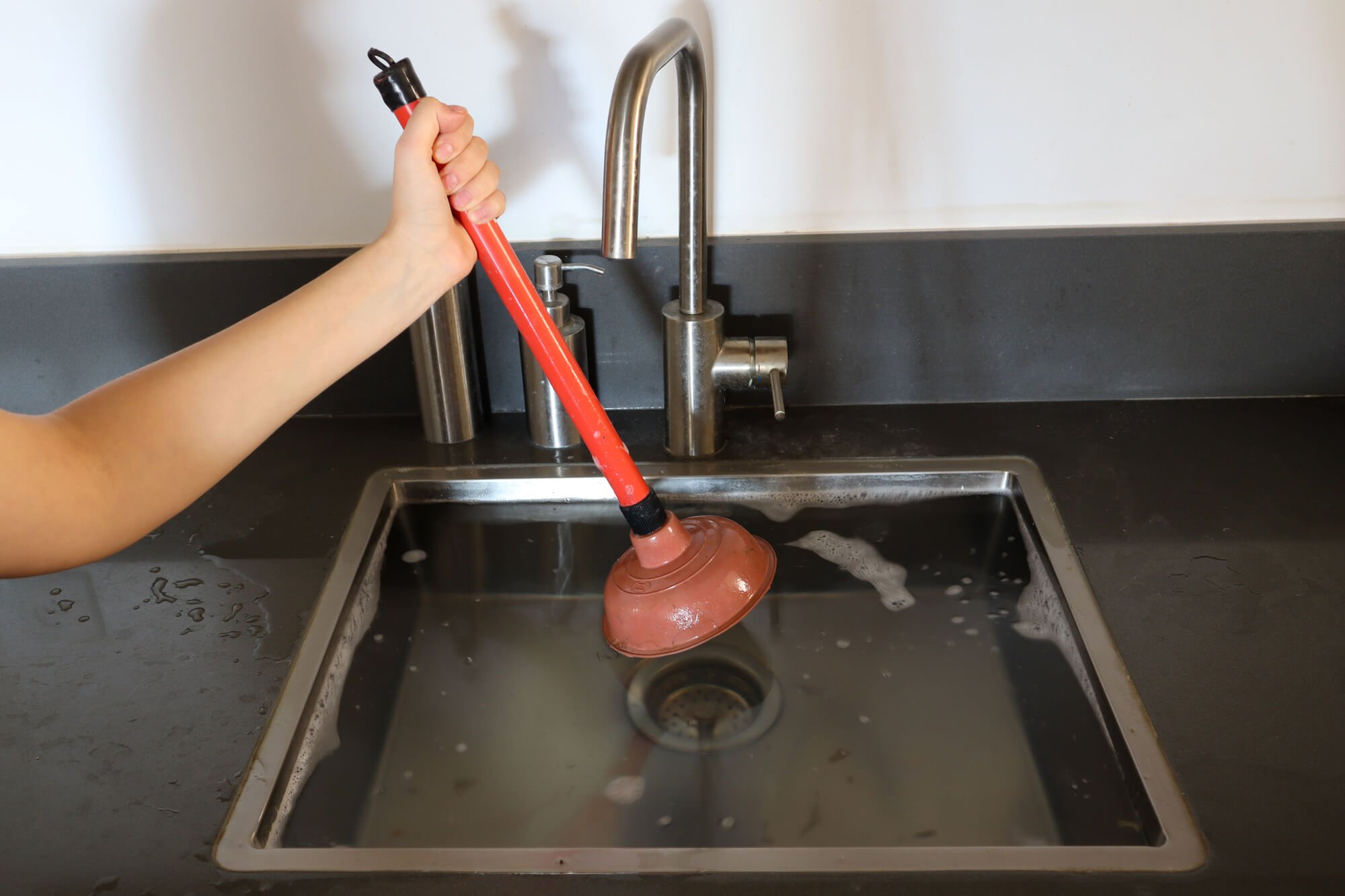Steps to Manage a Blocked Drain Prior to Contacting Expert Help
Steps to Manage a Blocked Drain Prior to Contacting Expert Help
Blog Article
We have stumbled on this post about 8 Tips For Clearing A Blocked Drain down the page on the web and decided it made sense to share it with you over here.

Introduction
Dealing with an obstructed drain can be a discouraging experience, disrupting daily activities and potentially causing damages to your home. Nevertheless, before reaching out to pipes specialists, there are actions you can take to address the issue yourself. In this overview, we'll discover DIY remedies and preventive measures to tackle a blocked drainpipe properly.
Identifying the Concern
The primary step in dealing with a blocked drain is identifying the indicators. Slow water drainage, gurgling sounds, foul odors originating from drains, or water support up are common signs of an obstructed drainpipe. Determining these indicators early can aid stop even more issues.
Usual Reasons For Obstructed Drainpipes
Understanding the variables that contribute to drain pipes clogs is crucial for effective resolution. Usual offenders consist of hair, soap residue, grease, food debris, and foreign things like hygienic items or paper towels. Tree roots getting into below ground pipelines can additionally cause substantial blockages.
DIY Solutions
For small blockages, a number of DIY solutions can be efficient. Pouring boiling thin down the drain can aid dissolve grease and debris. Sodium bicarbonate and vinegar or a combination of salt and baking soda can act as natural cleansers. Utilizing a bettor or pipes snake to displace obstructions is one more option.
Devices and Tools
Having the right tools on hand can make DIY drainpipe cleaning more effective. A bettor is a versatile tool for clearing clogs in sinks, commodes, and showers. A plumbing snake or auger can reach deeper blockages, while drain cleaning chemicals can be made use of carefully for stubborn blockages.
Safety nets
To stay clear of future obstructions, taking on preventive measures is crucial. Set up drainpipe guards or filters to capture hair and debris before they go into the pipes. Regularly flush drains pipes with hot water to dissolve oil accumulation, and avoid getting rid of oil or solid waste down the tubes.
When to Call a Professional
While do it yourself solutions can deal with minor clogs, specific indications indicate the demand for professional help. Relentless obstructions, foul odors in spite of cleaning up initiatives, or numerous drains supporting all at once are warnings that call for professional intervention.
Choosing the Right Plumbing Solution
When picking a pipes solution, consider variables such as experience, licensing, and consumer testimonials. Choose a reputable plumbing with a record of high quality craftsmanship and clear prices methods.
Price Considerations
The cost of expert drainpipe cleaning company can vary depending upon the seriousness of the clog and the plumber's prices. Demand quotes from several carriers and inquire about any service charges to guarantee transparency and prevent shocks.
Safety and security Measures
When trying do it yourself drainpipe cleaning, focus on security. Use protective handwear covers and eyewear to prevent contact with damaging chemicals or germs. Never ever blend different drainpipe cleansing items, as this can generate hazardous fumes.
Instance Researches
Real-life instances show the effectiveness of DIY remedies and the relevance of timely specialist treatment in solving drain clogs.
Final thought
By adhering to the tips outlined in this overview, you can properly take on blocked drains and protect against future plumbing problems. Whether choosing do it yourself options or seeking specialist help, punctual action is key to preserving a healthy and balanced pipes system and preserving the integrity of your home.
How to Clear a Clogged Drain Yourself (And When to Call In the Professionals)
What Can Clog a Drain
Dirt Skin flakes Hair Grease Soap scum Food Offset pipes Tree roots Small objects Mineral buildup DIY Tricks to Unclog a Drain
You can fix this! Once you have identified the source of the clog (or have a vague idea), you can try one or a combination of these fixes in order to clear your plumbing.
Wire Hanger or Snake
Untangle and clear out hair from a drainpipe with a homemade snake. Use a straightened-out wire hanger with a 90-degree angle hook to locate the clog and drag out any unwanted material.
Remember not to push the clog further down to where the wire hanger cannot reach! If you need to follow up with a plunger, give it a try. Your efforts might be more successful after it’s been wire-snaked.
If you want to get fancy and don’t have a wire hanger to spare, head to the store and pick up a hand-operated drain snake. You can get one for $10-$30. It may save you the hassle, and provide additional length to reach deep into the clogged pipe.
Plunger
A cup plunger has a suction cup attached to a wooden handle. The rubber creates a seal around the drain, and increases the pressure force of the plunger.
Plunge for 30-second increments to loosen the clog. This may need to be repeated over the course of 15-20 minutes. Once plunged, run the water to flush the remaining material out of the drain.
Remember– never use a plunger if you have used a chemical drain cleaner. These chemicals can splash up from the force of the plunger and cause serious injury or burns.
Boiling Water
Hot water can sometimes break up materials into a flushable amount. Dirt, grease, and soap buildup requires heat in order to unstick from surfaces.
Take your kitchen kettle and heat your water to a boil. Once it reaches a rolling boil, pour it directly down the drain into the blockage. Carefully follow with plunging, if necessary.
Don’t worry if this takes more than one try! It can often take multiple kettles and repeated plunging in order to clear a particularly stubborn clog.
Chemical Drain Cleaner
As a last resort, pick up a bottle of chemical drain cleaner. Drain-cleaning chemicals are potent, and not very good for the environment.
You may need to wear protective eyewear in gloves before handling your bottle of chemical drain cleaner. Follow the instructions printed on the bottle, and flush with water as soon as the instructions allow. Do not follow with plunging.
Baking Soda and Vinegar
As a safer alternative to chemical drain cleaner, baking soda and vinegar can create a chemical reaction that clears tough clogs.
Combine one cup of cleaning vinegar with one cup of boiling water, and set aside. Once you have done this, pour half a cup of baking soda down the drain. Give the baking thirty seconds to settle and cover a large portion of the problem drain.
Following the baking soda, pour down your vinegar and hot water solution. Once the vinegar and baking soda combine, the mixture will bubble and fix. Let this reaction fizzle in the drain for about an hour.
After an hour, follow with a kettle’s worth of hot water. The heat and liquid should flush out any remaining material.
When to Call a Plumber
If your DIY attempts haven’t cleared your clog drain, it’s time to call in a professional. It’s not worth losing access to your kitchen sink or high-traffic bathroom. A clog in a vital area can keep you from the things you’d rather be doing, and derail your routine.
Anytime a clog is causing water to spread is a time to call in a plumbing service. What starts out as a little bit of water can quickly grow into serious, expensive water damage.
Additionally, a serious clog can result in burst pipes or serious leaks. Make sure you know when to take it seriously!
https://myguysnow.com/how-to-clear-a-clogged-drain-yourself-and-when-to-call-in-the-professionals/

We were guided to that article on What I learned from trying to deal with a clogged drain through an associate on another website. If you enjoyed reading our page plz do not forget to share it. We take joy in your readership.
Contact Report this page